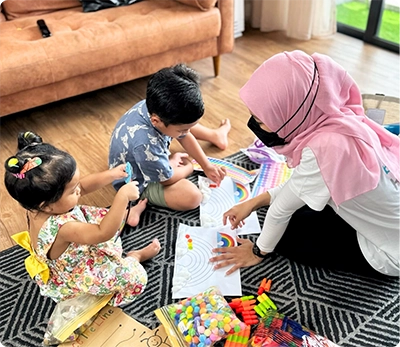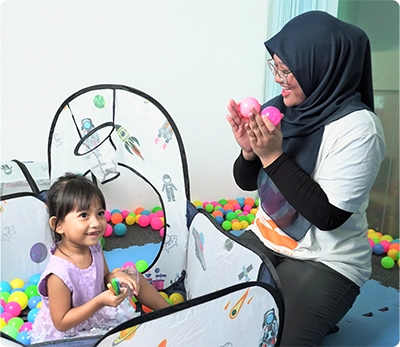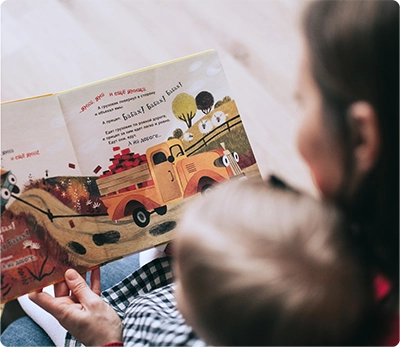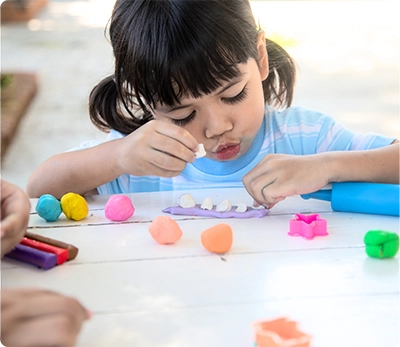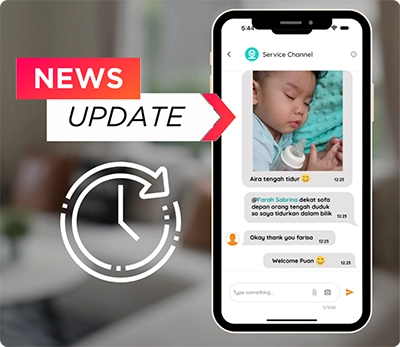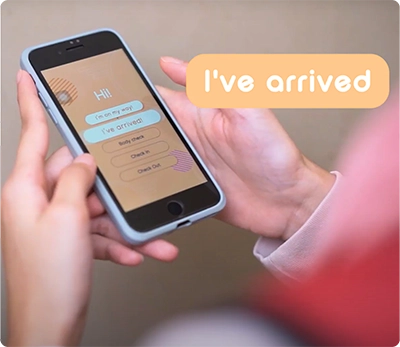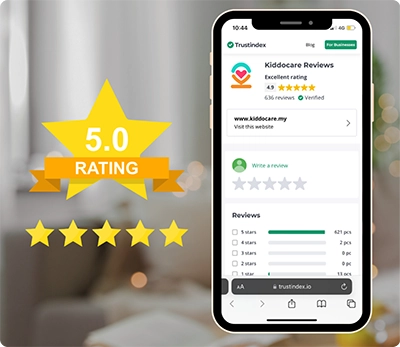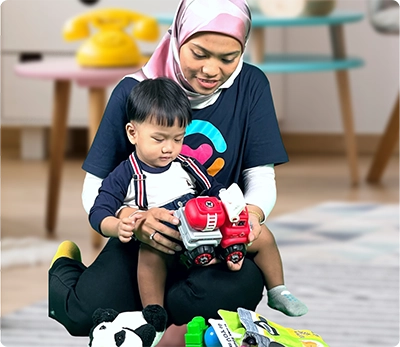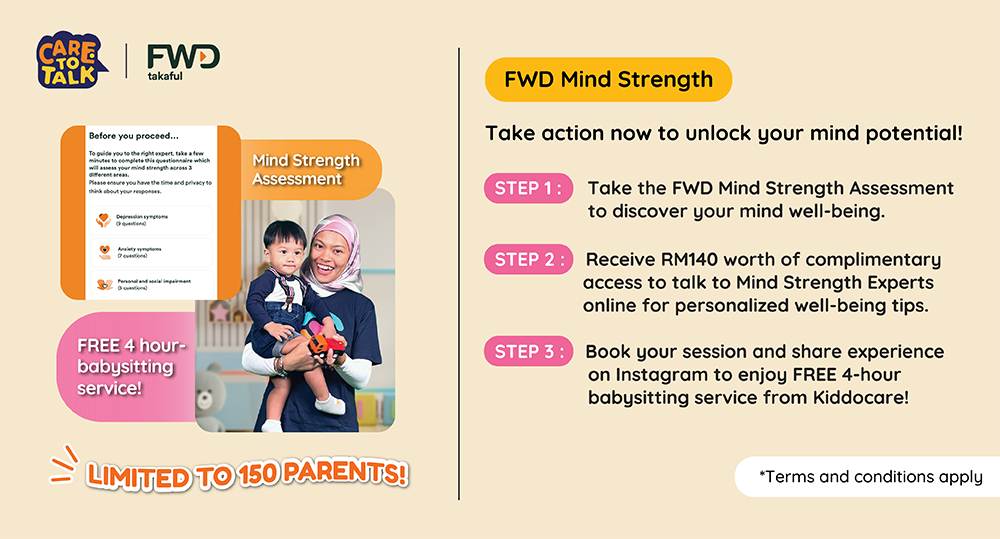Oh, NOOOOOOOO!!! NOT AGAIN!
Everyone’s watching. They’re watching you. They’re watching your children. They’re watching the scene happening right in front of them.
You can feel hundreds of pairs of eyes on you, watching and waiting for your next move.
You’re trying to control the situation but the more you control, the more you feel like you’re not doing the right thing.
What? What is happening?
Well, your children have started screaming, shouting and thrashing and everyone around is staring at you, like dead zombies doing nothing to help and you are in the spotlight of your worst nightmare.
It is EVERY PARENTS’ NIGHTMARE.
A PUBLIC TANTRUM.

Hearing these words gives us chills, like watching a horror movie.
How can it not be? You can feel the weight of them staring, making judgments or even criticizing you.That’s the worst, right? And that feeling of embarrassment, humiliation and awkward creep in like never before.
Have you ever thought if you’re doing the right thing when your children are having a public tantrum? Or you never knew the secret to minimizing the horrific situation?
There are ways you can deal with public tantrums. Yes, it might take some patience and practice but that is so much better than having to confront the situation not sure of what to do next.
So, we’re here to help you reveal the secrets that most parents would love to know about.
Preparation is Half the Battle Won
Going out of the house, getting in your car, driving to your destination, arriving all happily ever after only to be surprised and unprepared that your children are throwing a tantrum 10 minutes later is something that you want to avoid at all costs.
You have to always keep in mind that tantrums can happen anywhere and anytime. Try counting how many times you went to Lotus (formerly known as Tesco), Giant or Family Mart and your children set off a tantrum each time you passed the toy aisle because you said ‘No’ when they wanted to buy the things they saw. We’re pretty sure your fingers aren’t enough to count them.
So what can you do? You need to prepare a mental checklist by thinking ahead of the places or situations that may possibly arise to trigger a tantrum.You should also fill your thoughts not to worry about the judgment of other people. If you’ve been to the place before, then make sure you know your strategy – don’t ever turn corners or go to aisles that have toy stores.
Once you do, you need to prepare a checklist of items for what to bring. This can be anything; books, toys or mini-board games. The best thing to bring would be your children’s favourite toy(s) or you can also bring sensory toys as they are stimulating enough to help develop their fine and gross motor skills.
Control Your Reaction
When everything just explodes, we tend to panic and everything will be out of control. How you can do this is by knowing that you are in the moment and that you’re controlling the situation. Remind yourself that panicking will only get things worse so don’t panic!
Take a deep breath, figure out the best solution you can think of in 5 to 10 seconds before you start to react and calm your children down. Always be reminded that shouting, screaming and hitting your children are not an option. It will make you look bad and your children will think that your reaction is acceptable.
Dr Daniel Siegel, co-author of the The Whole Brain Child said that children have the tendency to manipulate a situation by using tantrums. This type of tantrum, called upstairs tantrum, comes from the more highly developed ‘upstairs’ part of the brain used for logical thinking, regulating emotions and evaluating consequences.
The children make a conscious decision to act out and push their limits so that they can get what they want. Have you children ever immediately stopped crying right after you said ‘Yes’ and gave in to their demand(s)? If that ever happened, your children are doing that upstairs tantrum.
Most children will tend to act this kind of tantrum in public. The best way is to have no reaction so they won’t get any power payoff from acting out. Remove yourself from the situation; this means no eye contact, no talking down and no negotiating. But because you’re in public, make sure that you don’t express an angry face. Instead, make a calm face and everything will be fine.
Let’s Pinky Promise

Before you go out with your family, spend one to two minutes making a pinky promise to your children. Here’s how this works. Promise your children if they behave throughout the trip or outing for the whole day, they will be rewarded with ‘something’. That ‘something’ can be a thing, screen time or food. Basically anything as long as you can KEEP YOUR PROMISE. If you don’t keep your promise, then how can they trust you the next time you do your pinky promise?
Make sure the thing you’re rewarding them with is something of value to them such as they get to eat two scoops of ice cream or a one-hour of screen time (duration should be based on age) or you’ll be buying them a teddy bear.
Set some clear rules. Explain to them they cannot buy or ask for anything unless you green light them. Tell them that they have to behave throughout the day. In this way, your children will be better behaved and you will get your peace of mind.
However, we advise you not to do this very often. Why? Because doing this often will let them set an expectation that everything will have a reward. We suggest you do this 1-2 times a month.
Shhhhh… Do It Subtly
Here’s something that a lot of parents don’t know. If your children are throwing a tantrum, show them that you care about them but with subtle sarcasm. Show that you are concerned with their feelings, there is probably a story in their mind that they would love to tell.
When they’re crying or throwing a tantrum, ask them questions with follow up questions:-
‘Are you okay? Why are you crying?’
‘Why do you want that toy/food?’
‘How are you going to buy that thing?’
‘Do you have the money to buy that?’

By asking these questions, they would either have no idea how to answer or explain it thoroughly. The next step that you can do is slowly removing you and your children away from the area. And end it with something that will satisfy them like ‘okay, we will get the toy in a few months’ or ‘let’s have ice cream afterwards instead.’
When you ask questions, your children will try to answer them and they will have to think of all the answers. This will help their crying to be reduced to a certain extent and that is when you should hold their hands and slowly get away from the area.
Written by:
Ian Firdaus




